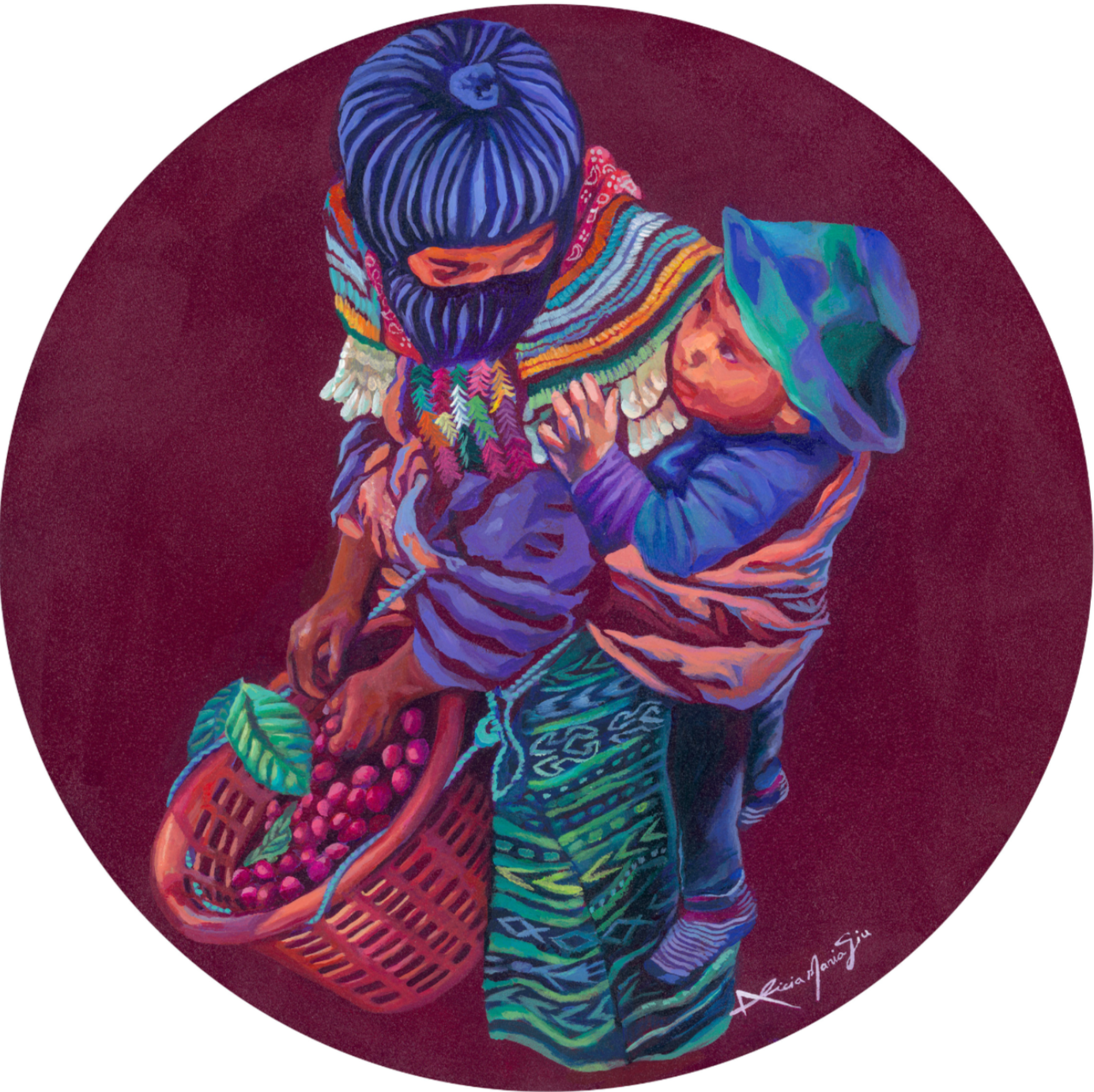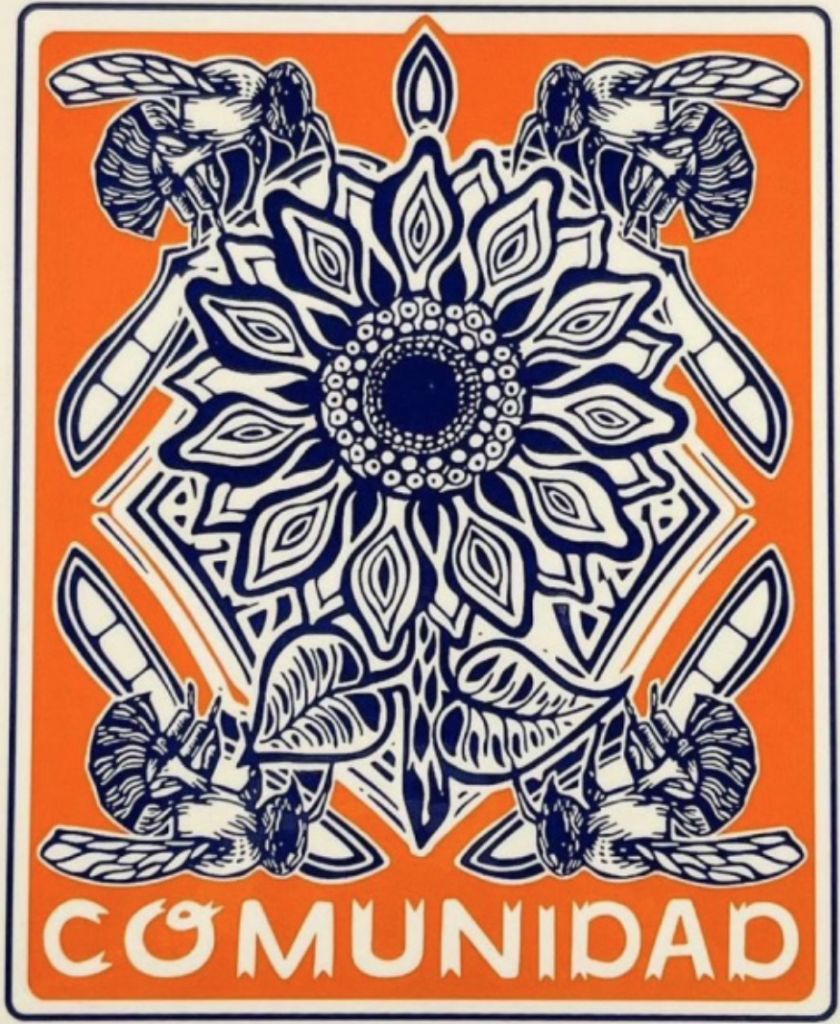
Greetings and welcome to issue #2 of Grietas, A Journal of Zapatista Thought and Praxis. We hope you agree that it was worth the wait.
You can order the print edition from Amazon here.
In this issue we offer two articles reflecting on some of the causes of the world that is crumbling around us. “Green Capitalism and Community Resistance in the Isthmus of Tehuantepec” is an an indictment of industrial wind farming by Rosa Marina Flores, a native of the Isthmus, who provides a context of greenwashing through a history of global agreements and non-agreements on climate change, none of which have yet to seriously impact the disasters of climate change worldwide. “Chiapas and the Zapatistas Face a Dramatic Increase in Violence”, by our beloved Mary Ann Tenuto, published posthumously, analyzes the spiraling violence in the Mexican Southeast, which continues to escalate due to the same forces described in this piece.

However there is much on-the-ground activity that inspires us: in the middle of a crime-ridden popular neighborhood in megalopolic Mexico City, a community builds autonomy, creating a zone of relative sanity and safety, as described and photographed by Grietas members Enrique Davalos and Rosa Maria Barajas in Acapatzingo: “A Caracol in the Concrete Jungle”. In California, displaced farmers from Mexico are learning to organize community assemblies to collectively run their gardens, as described in “Tierras Milperas, We Are Milpa and Assembly.” Even closer to home, Grietas founders collectively narrate the Grietas origin story in “Building Alternative Economies and the Making of the Sexta Grietas del Norte Network.” ”Guacamaya Manifestos”, excerpted and introduced by Caitlin Manning, celebrates another crack in what at times seems like an unbreachable capitalist behemoth. (And while we’re on the topic: Hurray for Julian Assange’s release!)

“Defending Abundance Everywhere”, the Weelaunee Web Collective–composed of Atlanta organizers involved in the struggle to Stop Cop City–discusses the concept of the Sacred Web of Abundance and how they’ve applied it to their local organizing and mutual aid work, and how centering this concept can help us develop and grow anti-capitalist cultures of resistance.
In another personal reflection, “Futures”, Miguel Indio shares his experiences of the Black Lives Matter uprisings in Chicago in the summer of 2020, and in frontline indigenous struggles at the Winnemucca Indian Colony. The essay, accompanied by his photos, speaks to questions of land, healing, anti-colonial resistance and possible decolonial futures, Kristian Vazquez further pursues the concept of decoloniality in The Ghost of De-Coloniality, challenging some of the language and concepts often used in discussions on the topic. “Zapatismo and Tzeltal philosophy: Ch’ulel and the dream of another future” by Juan López Intzin also addresses philosophical questions through probing the meaning of important terms in indigenous spirituality. A third article adressing theoretical debates relevant to Zapatismo is Raul Romero’s discussion of representations of Zapatismo in his essay: “Karla Marx, Zapatista.”
This issue includes art work by Maria Siu and many others who contributed their images to the journal, as as well as poetry.
